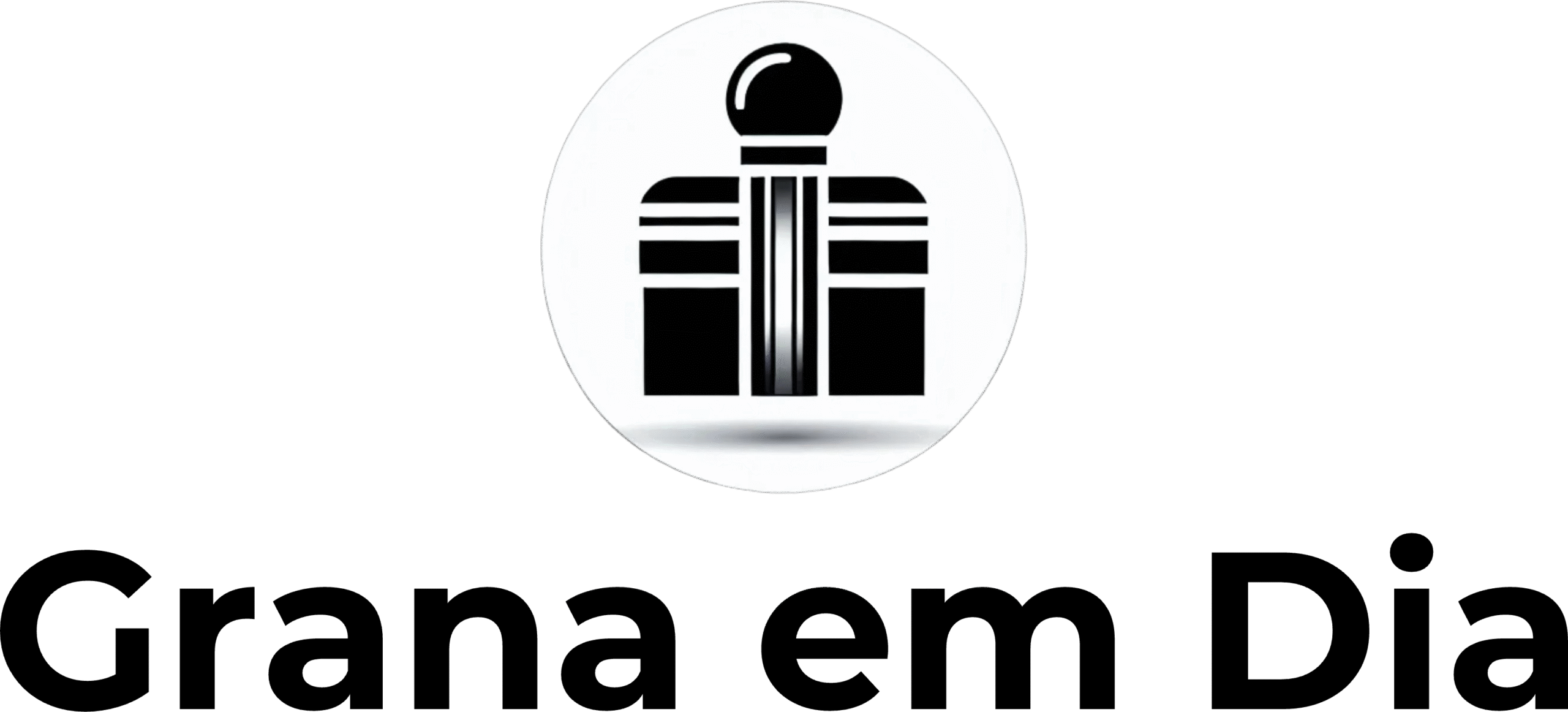Introduction: Why does this matter for your wallet?
Brazil just raised its Selic rate to 15%, while the U.S. Federal Reserve decided to hold interest rates steady.
This divergence creates global capital flow imbalances and impacts inflation, currency value, and your finances — even if you don’t invest abroad.
In this article, learn how Brazil’s high interest rates and the Fed’s stability affect your personal finances in 2025 — and how to react.
📈 What is the Selic rate and why is it so high?
The Selic is Brazil’s base interest rate, influencing:
- Loans
- Mortgages
- Savings accounts
- Government bonds
Rising to 15% is Brazil’s attempt to curb persistent inflation despite slowing global growth.
🧮 Immediate impact:
- Credit is more expensive
- Savings yield more
- Consumer spending drops
🇺🇸 Meanwhile, the Fed keeps rates unchanged
The Fed held its interest rate near 5.25%, aiming to:
- Avoid recession
- Stabilize employment
- Control inflation gently
This decision creates a sharp contrast with Brazil, drawing attention from investors worldwide.
💵 How does the Brazil–U.S. interest rate gap affect the economy?
1. Brazilian bonds attract global investors
With a 15% yield, Brazilian fixed-income assets look highly attractive.
⚠️ Risk:
- It’s speculative money
- It may leave just as quickly
2. Exchange rate pressure and inflation
Capital inflows can temporarily strengthen the Brazilian real, but with the Fed steady, the dollar stays globally dominant.
💱 This affects:
- Import prices
- Travel costs
- Business expenses tied to foreign markets
3. Loans in Brazil get more expensive
Higher Selic means:
- Home loans are costly
- Personal credit dries up
- Interest rates on cards skyrocket
📉 The result:
- Reduced consumption
- More defaults
- Businesses under pressure
4. Inequality grows
Investors in fixed income earn more, while wage earners or indebted families lose purchasing power.
🔍 Example:
- Flat salaries + high inflation = loss of value
- High interest = fast-growing debts
🧠 What can you do right now?
✔️ Avoid long-term debt with high interest
✔️ Invest in low-risk fixed-income assets
✔️ Cut unnecessary expenses
✔️ Track both Selic and Fed decisions
Conclusion: Know the game and protect your money
A 15% Selic rate with steady Fed policy is both a threat and an opportunity — depending on how you react.
Understand the trends and make your money grow, not shrink.
